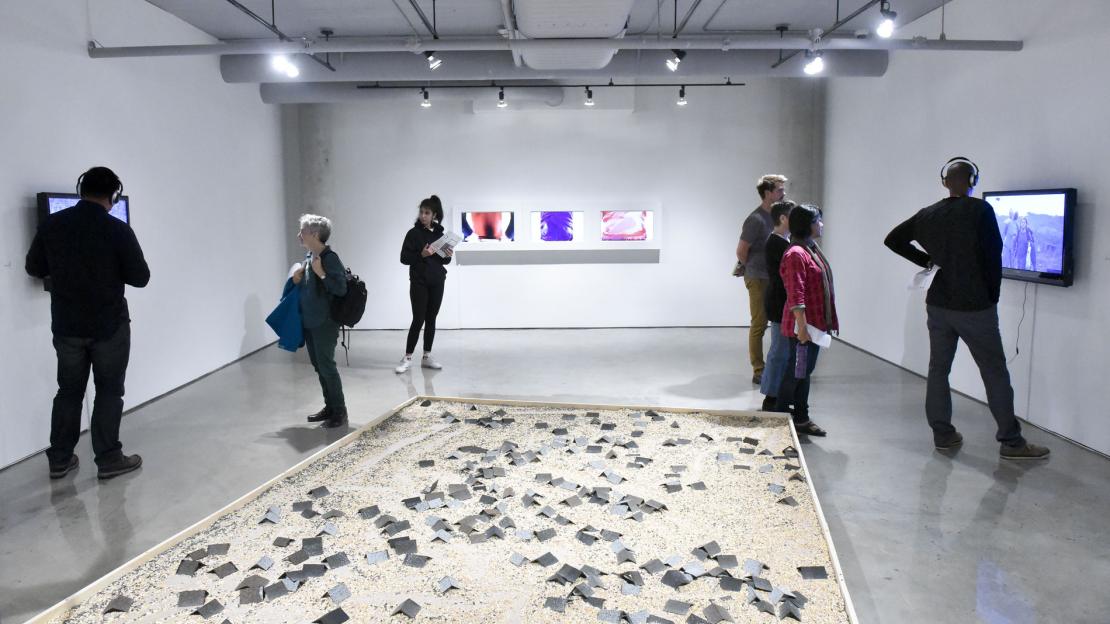Scarborough has a complicated history. It’s multilayered and constantly changing. But often these complexities are ignored in the images people have of the region.
On an early Thursday morning, students, scholars and community members walked into IC 138 to participate in the workshop, Crossing Scarborough: Nation, Migration and Place-Making between the TRC and the 150 workshop. Organized by Assistant Professor Paloma Villegas and Associate Professor Patricia Landolt, both from the Department of Sociology, the event brought together scholars from various disciplines and focused on Scarborough’s layered history assessing topics such as migration and settlement.
“These types of workshops are important especially given the kinds of commemorations that have happened in the past year with the Canada 150, it gives us a chance to think about the kinds of people and experiences that were invisibilized,” says Villegas.
With this in mind presenter Ranu Basu, Associate Professor in the department of geography at York University, explored the diversity within public spaces to unveil a different story about Scarborough.
“I call Scarborough a city of integrated multiplicity because of the way Scarborough has been portrayed by the media and by academics. It has not been in a very positive way,” says Basu.
Using a series of maps Basu was able to demonstrate that in fact different ethnic groups live in proximity to one another, not just enclaves within Scarborough.
“I’ve been here for 27 years and I know there is a life very different than what’s been shown in the media. It’s rich and creative,” says Basu. “Migrants and refugees have made this their home, they have created everyday spaces that are conducive for a city of peace. It’s a city of memory and desire.”
After the morning presentations and discussions, the group moved to the Doris McCarthy Gallery to explore the Unsettling exhibit curated by Bojana Videkanic. The exhibit gave workshop participants the opportunity to delve deeper into the ideas of settlement and place-making through art.
I’ve been here for 27 years and I know there is a life very different than what’s been shown in the media. It’s rich and creative.
“We have been talking a lot about layers, the layers of belonging and not belonging for different people,” says Villegas. “Invisibilization happens through many layers. We want to combat invisibilization in Scarborough by having these types of conversations.”
Fourth year U of T Scarborough sociology major Ioana Dumitru attended the workshop and was beginning to see how the history of Scarborough connects with the present demographics.
“It just gives us historical context,” she says. “This workshop draws parallels with the situation of migrants in Scarborough to Indigenous people historically when the settlers arrived.”
Dumitru’s appreciation of the context is exactly what the workshop was about – to get people thinking.
“The goal for us as migration scholars is to think about how our work connects debates about Indigenous rights and colonialism and the vulnerabilities migrants face as they come to Canada,” Villegas says.
The workshop was part of a project funded by U of T's Canada 150 Fund.
